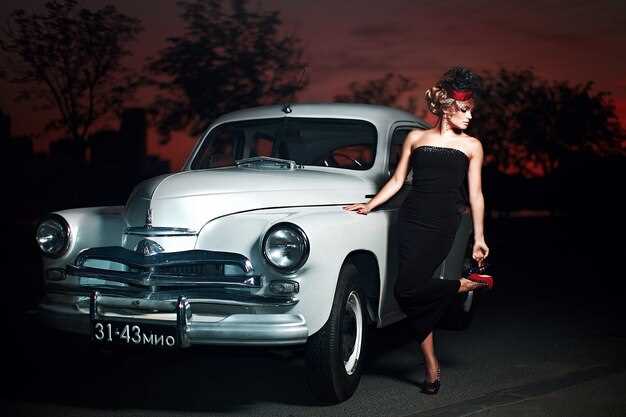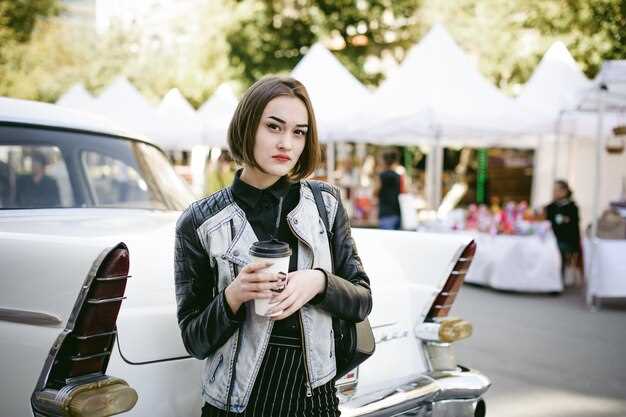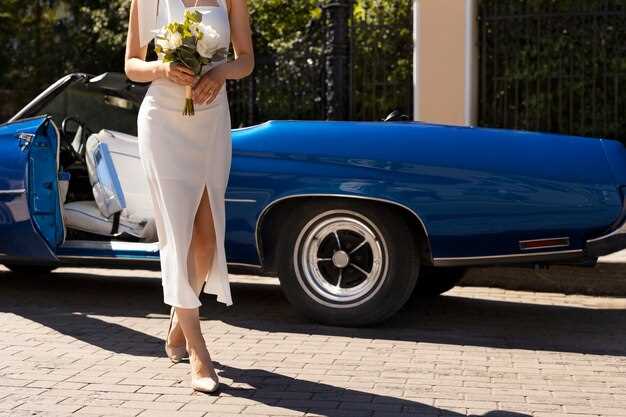
Classic cars are not just modes of transportation; they are a celebration of engineering, design, and history. When showcased at exhibitions, these vintage vehicles enter a realm where their beauty and craftsmanship can be appreciated by enthusiasts and casual observers alike. However, capturing the essence of these classic machines through photography requires more than just pointing and shooting a camera. It demands an understanding of both the subject and the art of photography.
To effectively convey the allure of classic cars, photographers must consider various factors, including lighting, composition, and angles. The right approach can transform a simple snapshot into a stunning visual representation of automotive artistry. This article delves into essential tips that will not only enhance your skills but also ensure that your photographs do justice to these magnificent vehicles, preserving their charm for generations to come.
In the following sections, we will explore techniques tailored to highlight the unique features of classic cars while navigating the challenges often faced during exhibitions. Whether you’re a budding photographer or a seasoned professional, these tips will guide you toward capturing the perfect shot, bringing the timeless beauty of classic cars into focus.
Choosing the Right Location for Car Photography
Selecting the perfect location is crucial in car photography as it can significantly enhance the aesthetic appeal of your images. The environment surrounding the car contributes to the overall composition and can evoke specific emotions in viewers.
Urban Settings: Capturing cars in vibrant cityscapes can add an energetic vibe to your photos. Look for interesting backdrops, such as graffiti walls, modern architecture, or abandoned buildings, which can create a striking contrast with the vehicle. Early mornings or late afternoons offer soft lighting, avoiding harsh shadows.
Natural Landscapes: If you prefer a more serene atmosphere, consider photographing cars in natural settings like forests, mountains, or near lakes. These locations emphasize the beauty of both the car and the surroundings. Golden hour, just after sunrise or before sunset, can provide magical lighting that enhances the vehicle’s features.
Race Tracks and Garages: For dynamic shots that emphasize speed and performance, race tracks or garages can serve as excellent backdrops. These environments reflect the car’s purpose and add a layer of authenticity to your photography. Ensure to capture the action, and consider panning techniques to convey motion.
Vintage or Classic Locations: When shooting classic cars, locations that complement their era can be particularly effective. Historical buildings, quaint streets, or retro diners can create a nostalgic atmosphere that resonates well with the design elements of timeless vehicles.
Ultimately, the key is to choose a location that aligns with the car’s character and the story you wish to portray through your photography. Experiment with various backgrounds, perspectives, and times of day to discover the most compelling results.
Mastering Lighting Techniques for Classic Cars

When photographing classic cars, mastering lighting techniques is essential for capturing their timeless beauty and intricate details. Natural light is often the best option, especially during the golden hours–just after sunrise and before sunset–when the light is soft and warm. This lighting creates an inviting atmosphere that enhances the car’s curves and reflections, making the images more appealing.
Using reflectors can further improve your shots by bouncing light onto shadowed areas of the car. This approach helps to maintain detail without overpowering the highlights. Additionally, positioning your subject near large, diffusive surfaces like buildings or trees can soften the harshness of direct sunlight, providing a more even illumination that contributes to a professionally finished look.
In indoor exhibitions, controlling artificial lighting is crucial. Utilize diffused softboxes or ring lights to minimize glare while evenly lighting the car. Experiment with different angles and distances to find the best source of light. Keep in mind that spotlighting certain features–like the chrome detailing or leather interior–can create striking focal points within your composition.
Always be mindful of reflections. Position yourself strategically to avoid unwanted glare from overhead lights or windows. Use a polarizing filter to eliminate reflections on glass surfaces, allowing the viewer to appreciate the car’s interior details more clearly.
Ultimately, mastering these lighting techniques will not only enhance your photography skills but will also elevate the overall presentation of classic cars, making each shot a captivating visual experience.
Editing Tips to Enhance Car Images Post-Shoot

Post-processing is essential for car photography, allowing you to highlight details and create striking visuals. Start by adjusting the exposure and contrast to ensure the car stands out against its surroundings. Increasing contrast can help define the curves and edges of the vehicle, giving it more depth.
Next, focus on color correction. Ensure the car’s color appears true to life, enhancing hues where necessary. Use tools like saturation and vibrance adjustments to make the paint pop without overwhelming the image. Be cautious not to oversaturate, as this can lead to unnatural-looking results.
Utilizing sharpening tools is crucial for enhancing details. Carefully apply sharpening to the car while avoiding over-sharpening the background. This will draw the viewer’s attention directly to the vehicle, emphasizing its design and features.
Consider the use of selective editing techniques. Use masks to adjust specific areas of the image, highlighting the car while keeping the background subtle. This can be particularly effective for emphasizing reflections or intricate parts of the vehicle.
Finally, experiment with creative effects. Adding a slight vignette can guide the viewer’s focus toward the car, enhancing the overall composition. Additionally, consider using a black-and-white filter for a classic touch, which can evoke nostalgia and emphasize the car’s timeless design.


